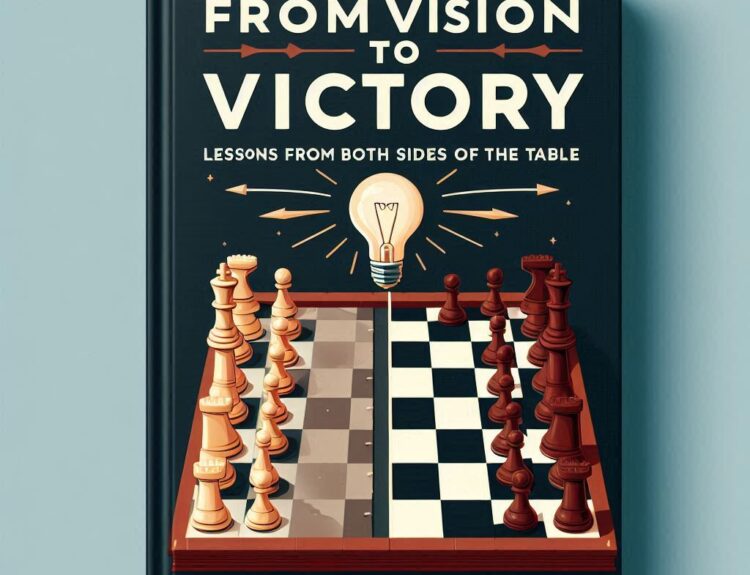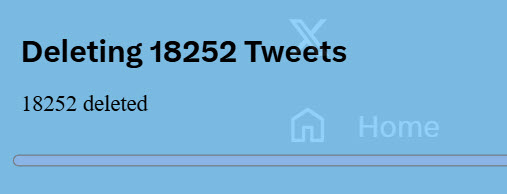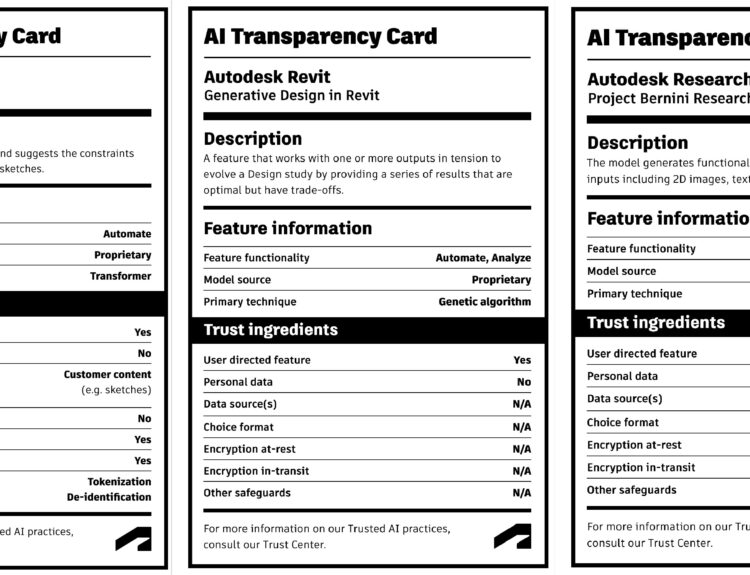After Janet Echelman's TED presentation three years ago "Taking Imagination Seriously", between sessions she met Autodesk CEO Carl Bass and Autodesk CTO Jeff Kowalski. Janet mentioned she had reached the limits of what she could design due to software limitations on scale and assuring the sculpture design could actually be fabricated and withstand the loads. Carl and Jeff said they knew a few things about digital design and simulation and could take on the challenge of the scale limitations that Janet was hitting.
Installed in celebration of TED’s 30th anniversary, Janet Echelman’s "Skies Painted with Unnumbered Sparks” is suspended 700 feet complimenting the beauty of the Vancouver British Columbia waterfront, and welcoming TED Conference attendees. This is the largest sculpture piece by Echelman. Autodesk was the principal sponsor of the sculpture and dedicated software development and consulting expertise to create the tool that Janet Echelman needed to model and test design feasibility, structural integrity, and wind loads at the scale of the city.
Janet said she could not have designed and built to this scale without the custom software Autodesk developed.
Jon Pittman, Autodesk VP of Corporate Strategy also a trained architect described the sculpture when he seen it in person at TED:
"An urban sculpture that fills a void and defines and punctuates a public space"
There are many great articles about the beautiful sculpture and how people appreciate the visual and interactive art, but I wanted to provide a look at Autodesk's custom digital design assistance and add some nice engineering stats.
- Weight: 3,500 lbs.
- Maximum wind load is approximately 35,000 lbs.
- Maximum anchorage force is approximately 50,000 lbs.
- This is the world’s largest prestressed rope structure. The material used has a tensile strength of over 10x that of steel
Jonathan Knowles Director, Strategic Initiatives, for the Office of the CTO led the Autodesk effort and coordinated everything on our side as well as working with the artist Janet Echelman, and TED. Jonathan brought together a team to discuss how we could break through the design scale limits Janet had discussed with Carl and Jeff at TED. In an early meeting (I know as I was on that initial call) Matt Jezyk Sr. Product Line Manager started looking at the problem and researching a software solution. Matt enlisted Peter Boyer Sr. Software Engineer and Michael Dewberry Sr. Principal Engineer.
Peter Boyer shouldered the majority of the development work. He designed and developed a custom Maya plugin that allowed the designers to play with the initial geometry and generate the net. It created this procedural net while running a very-fast but accurate simulation to find the form and calculate the structural forces. It also maintained embedded information about the fabrication logic as the design evolved. Once the designers settled on the right shape, the design data was able to be sent to the engineers and fabricators.
Peter Boyer was trained as an architect, structural engineer, and computer scientist and is now a Software Engineer at Autodesk. Peter has been working closely with everyone in Janet’s studio over two years building the software.
"The sculptures are actually quite complicated, there are specific limitations with what the net weaving machines can make and we have an assorted set of terminology (e.g. “bar lengths”, “panels”, “cinch ropes”, “top nets”) and that kind of knowledge had to be embedded in the software. So, we really had to work together to make sure that the software was making stuff that could actually be fabricated."
We call the tool JNet.
"JNet is different from your usual 3D modeling tool because you don’t know what you’re modeling until the simulation has completed. Hence, you have to “work with the simulation” quite directly in order to design. The simulation engine was carefully made to help with this. The simulation engine can be tuned to provide immediate feedback or slower, more accurate results. The simulation tool also allows them to accurately simulate the movement of the wind through the net.
The tool works inside of Autodesk Maya – so that also allows the artist to work with an industry standard 3D animation pipeline. They were able to take their sculptures and really understand how they will work with light, in context, day and night. Aaron Koblin, who did the light display on the sculpture at TED 2014, could work directly with their model on the computer. This unexpectedly resulted in a whole new kind of collaboration –they were able to design the light display on the computer with the actual geometry of the sculpture."
More about JNet
http://www.youtube.com/watch?v=caqNPc7I-44
The digital tools resulted in a great digitally rendered representation of what was installed as well as making sure the sculpture's structure was sufficient for the conditions and loads such as wind loads.
|
Photo credit @studioechelman |
To complement the sculpture, artist and creative director at Google Creative Labs Aaron Koblin designed an interactive lighting experience using 160,000 lumens of light. Through a smartphone app sponsored by Google, viewers can control the lighting.
Jonathan Knowles – Autodesk, Artist Janet Echelman, and the Mayor of Vancouver Gregor Robertson.
The sculpture will be on display through March 22, 2014.



